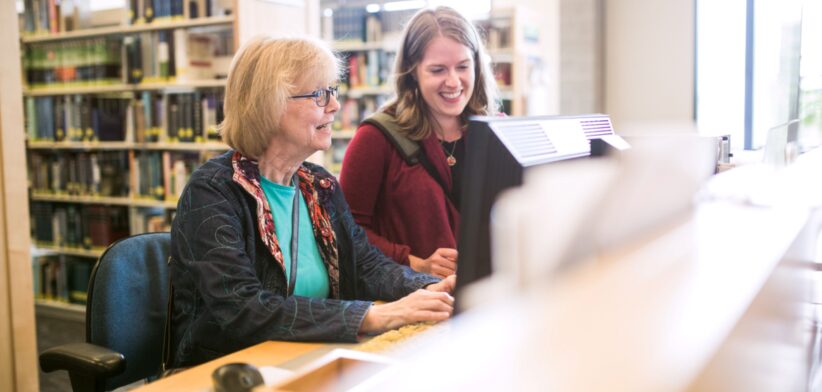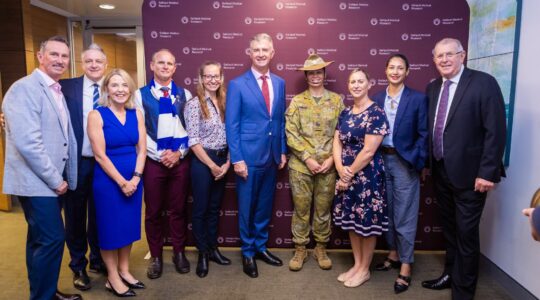Almost a quarter of all Australians have difficulty accessing the internet, preventing them from full participating in society.
New research from UNSW Sydney found the digital divide was escalating, creating barriers to belonging and wellbeing for many Aussies.
UNSW Sydney sociologist Dr Ash Watson said digital technology was pervasive in daily lives, from access to banking, government services and news to applying for jobs or housing and keeping in touch with family and friends.
Dr Watson said, however, the rapid growth in digital technology was also impacting the digital divide.
She said national data from the 2023 Australian Digital Inclusion Index showed that 23.6 percent of the population was excluded or highly excluded from fully participating in contemporary social, economic and civic life due to barriers to technology use.
“Nearly one in four Australians face digital exclusion.
“This means almost 6 million Australians have difficulty accessing the internet. This spans physical access, being able to afford the internet, and being confident and capable with their own abilities.
“The big consequence is that people can struggle to fully participate and feel that they don’t belong in Australian society as a result.”
Dr Watson said there were three main reasons people were left behind by the increasing requirement to use digital technology to participate in society: cost, access and ability.
“It is very costly to keep up with what have become the basic digital technologies that people are assumed to have access to these days. Things like an internet connection at home with good data allowances and personal devices like smartphones are expensive and not everyone can afford to set themselves up to participate.”
She said access to digital technology could be affected in a number of ways, with physical access a problem for many parts of rural and remote Australia, though urban areas also experience issues like blackspots that prevent people from effectively and consistently connecting to the internet.
“It’s complex – something like Telehealth, which is seen as a way to address the problem of distance for people who can’t easily travel or those in rural and remote areas, is unable to be implemented in some areas as the internet connection isn’t strong enough where it’s needed.”
Dr Watson said people’s skills and digital literacy were also a challenge.
She said digital exclusion affected a significant proportion of the population, particularly people who have lower levels of employment, education and income, people who live in rural and remote areas, people living with a disability, Indigenous Australians, people who are of culturally diverse backgrounds with English as a second language, and older Australians.
“This is not just people who are currently over the age of 65.
“The pace of innovation means that even those of us who feel quite comfortable using digital technologies now can be at risk in the future as change happens really fast.”
Dr Watson said improving people’s physical access to technology was one part of bridging the divide but more needed to be done to address complex the social issues that impede digital inclusion.
“Even though the scale of the problem is significant and pressing, great work is being done in local communities to start to address some of these issues. Public libraries, for example, are doing fantastic work around digital inclusion,” she said.








